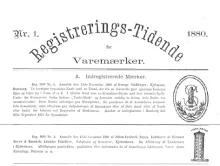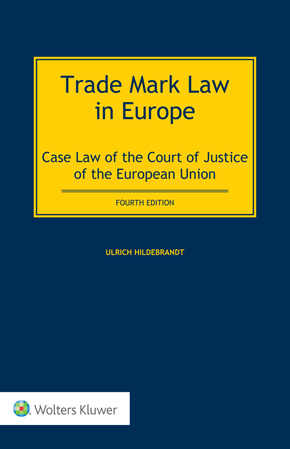Trade marks and vehicles parts - Mercedes, the star matrix and the radiator grill
October 2, 2025
Vehicle radiator grills used to be very basic and there mainly as a necessity. But in recent years, car manufacturers have put extra thought into it and it is a key part of the overall look. Following this new trend, back in 2023, Mercedes, filed the following EU figurative mark covering Classes 12 and 28 for radiator grills for vehicle, games and toys.
The mark was partially refused by the EUIPO in relation to radiator grills, on the basis that it depicts the goods and is non-distinctive.
They said that individual design elements of a car, unlike the entire car itself, cannot be distinctive on their own and that the appearance of this radiator grill is not different from the standard. They also stated that consumers pay more attention to the name of the products than its look. This is surprising perhaps, but needs to be understood in the context of looking at origin of the goods rather than design or look.
One of the arguments raised by Mercedes is that the sign is composed of many repeating versions of the star matrix Mercedes logo
which is distinctive, and therefore, this new sign is also distinctive. This argument was dismissed by the Examiner who considered that even attentive consumers would not notice this.
Mercedes appealed this decision to the Board of Appeal which considered the mark distinctive.
Before reviewing the appeal, it is helpful to restate the principles related to the analysis of distinctiveness, especially in relation to car parts as they have been extensively analysed by various courts, including the CJEU.
For a mark of any kind to be distinctive, there are no requirements for a specific level of cognitive or artistic creativity or imaginativeness. Even a minimum degree of distinctive character allows for the mark to be considered distinctive.
To assess the distinctive character, we have to do so analysing the goods and services covered by the application and how they are perceived by the relevant consumer.
Despite the fact that cars themselves are aimed at the general public with a driving licence, radiator grills are aimed at car professionals like mechanics and as professionals, they have an increased level of attention. They will likely be aware of the model of a car based on the radiator grill or which model of grill they need to order to replace a broken one.
The sign in question clearly represents the radiator grill of a car which are some of the goods covered by the application.
Another principle states that for marks which consists of the appearance of the product, the average consumer does not make assumptions about the commercial origin of the products. The CJEU previously decided that car parts like headlamps and radiator grills are distinctive on their own as individual parts.
Another CJEU finding, ignored by the Examiner, is that radiator grills indeed help to distinguish one car model from another one and that therefore they can be an indication of origin.
Mercedes argued that the sign is composed of the distinctive star matrix and therefore the sign at issue is distinctive too by proxy does not apply. Indeed, the sign has to be analysed as a whole and not the parts of it, so this argument was dismissed by the Board of Appeal. However, the Board highlighted that in addition to a combination of star matrix, it creates a curved figurative effect. There are also two stripes and a circle which add to the distinctiveness of the mark. All of these elements were ignored in the analysis of the mark by the Examiner when she compared the sign with earlier designs of radiator grills even though they add to the distinctive character of the sign.
The main takeaway from this case is to consider the relevant average consumer and how they would understand the sign. Would the case have had a different result if the coverage was for vehicles at large rather than grills? Or would it still have been found to differ from the norms of the trade sufficiently to be distinctive?
You may also like














